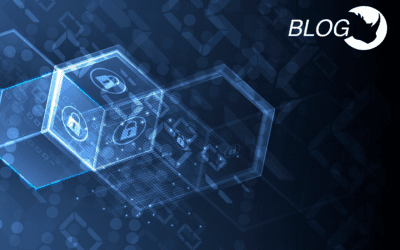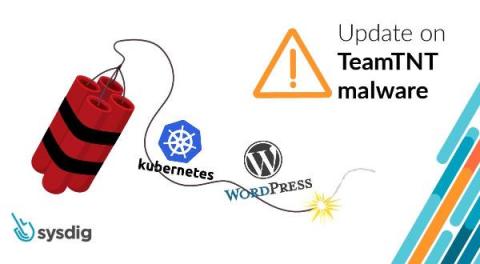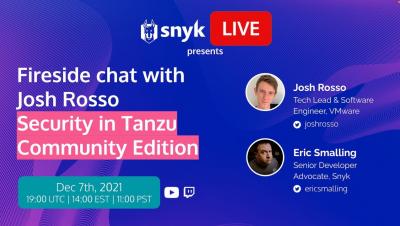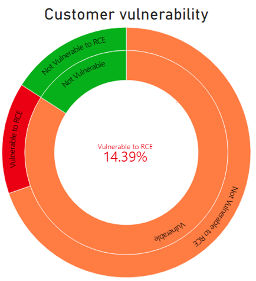Security | Threat Detection | Cyberattacks | DevSecOps | Compliance
Security
To Reinvent SOAR, Automation Is only a Feature
Security, by its very nature, is one of the most innovative fields on the planet. Every technological advancement carries with it a handful or more of new attack vectors, which in turn lead to a dizzying amount of security innovation as our industry works to mitigate risk and defend against threats. But for all this innovation, there are a few ways in which security lags far behind.
Cybersecurity in 2022, Predictions for digital ecosystem facing more challenges and sophisticated threats
In 2020, I published an AT&T blog called “Top Cybersecurity Trends & Predictions for 2020’”. In the article I had forecasted that cybersecurity would become even more of a strategic priority for companies as the cost, sophistication, and lethality of breaches would continue to rise.
Burnout: The next great security threat at work
Many companies feel like they’ve successfully pivoted to remote and hybrid work. Team members have learned the tools and processes required to be successful outside the office, and IT departments have adjusted their security rules and policies accordingly. But now, nearly two years into the pandemic, another cybersecurity threat has emerged: employee burnout.
Survivorship bias, growing attack surface and finding your weakest links
Detectify co-founder and expert bug bounty hunter Fredrik Nordberg Almroth (@almroot) recently spoke at Hack Your Stockholm, our first in-person event after a 2-year hiatus, addressing the issue of the growing attack surface of companies and how it is the most pressing issue facing CISOs today. He recaps his thoughts in this post.
The Threat Model as a Compass
The purpose of the Cyber Threat Intelligence (CTI) team is to understand the cyber threat environment and communicate intelligence so that the organisation can make better decisions about lowering cyber risk. Decision stakeholders can be people or systems therefore the information, and the way it is communicated, needs to be tailored to each user.
Threat news: TeamTNT stealing credentials using EC2 Instance Metadata
The Sysdig Threat Research Team has detected an attack that can be attributed to the TeamTNT. The initial target was a Kubernetes pod exposed outside the network. Once access was gained, the malware attempted to steal AWS credentials using the EC2 instance metadata. TeamTNT is a threat actor that conducts large-scale attacks against virtual and cloud solutions, like Kubernetes and Docker.
Fireside chat with Josh Rosso: Security in Tanzu Community Edition
2022 Cybersecurity Predictions - From Ransomware and Supply Chain Risks to Operational Technology and IoT
As we look ahead to 2022, we should pause to reflect on the trends of the past year. Ransomware and supply chain attacks have become two of the top concerns for organizations following a series of high-profile attacks, such as those conducted against Colonial Pipeline, SolarWinds and Kaseya. In 2021, our Project Memoria revealed close to 100 different vulnerabilities in common TCP/IP stacks, affecting hundreds of operational technology (OT) vendors.
Losing Control of Your Front Door
On November 10, 2021, Palo Alto Networks released advisories for eight different vulnerabilities affecting the company’s VPN firewall products. The vulnerabilities’ criticality ranges from ‘medium’ to ‘critical,’ with the most severe vulnerability, CVE-2021-3064 (CVSSv3.1 of 9.8), allowing for unauthenticated remote code execution, or RCE.











